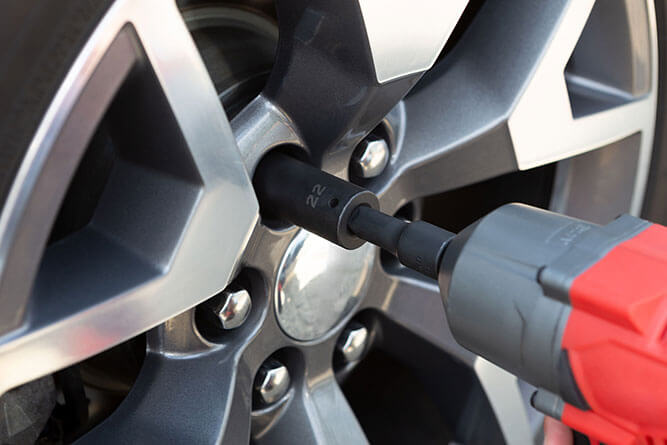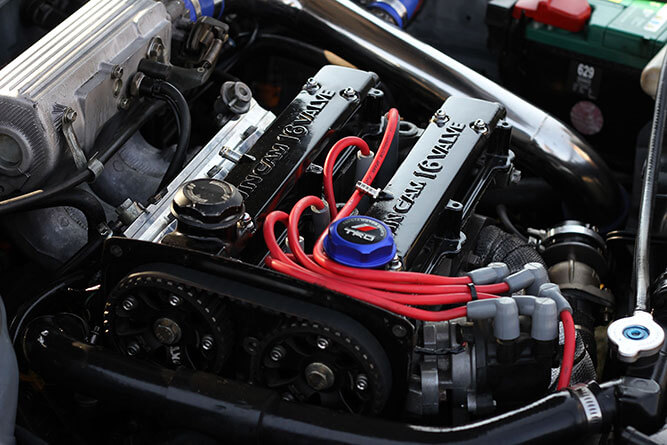Maintaining a clean car is not only about aesthetics—it also helps preserve the vehicle’s condition, improve its resale value, and enhance your driving experience. Car wash detailing goes beyond the regular car wash, offering a deep, thorough clean that restores the vehicle’s appearance inside and out. In this guide, we’ll explore the different aspects of car wash detailing, from exterior cleaning to interior care, and why it’s worth investing in professional services.
What is Car Wash Detailing?
Car wash detailing is a comprehensive process that involves cleaning, restoring, and finishing a vehicle to ensure it looks as good as new. Unlike a simple car wash, which focuses on rinsing off dirt and grime, detailing addresses the finer details by using specialized techniques and products. It typically includes both the exterior and interior of the car, making it a multi-step process that requires skill, patience, and high-quality products.
The Benefits of Car Wash Detailing
- Enhances Aesthetic Appeal: Detailing brings out the best in your car’s paintwork, making it shine like new. It also refreshes the interior, leaving your car smelling fresh and looking immaculate.
- Protects the Paint: Regular waxing, polishing, and sealing protect the car’s paintwork from contaminants like bird droppings, tree sap, and road salts that can cause long-term damage.
- Increases Resale Value: A well-maintained car with detailed care will retain more of its value. Buyers are more likely to pay top dollar for a car that has been properly detailed.
- Improves Safety: Detailing includes cleaning areas that are often overlooked, such as the headlights and taillights. This ensures better visibility, which is essential for driving at night or in bad weather.
- Long-Term Protection: Regular detailing not only maintains the appearance of your car but also helps protect its surfaces from wear and tear over time, especially in the engine bay and undercarriage.
Exterior Detailing: Step-by-Step
- Washing: The process starts with a thorough hand wash to remove dirt, grime, and road salts. Special microfiber cloths are used to avoid scratching the paint. It’s important to wash the car in sections to avoid dried soap marks.
- Clay Bar Treatment: Once the car is washed, a clay bar is used to remove any contaminants that the wash didn’t address, like tar or industrial fallout. The clay bar leaves the surface smooth and prepared for polishing.
- Polishing: Polishing removes fine scratches, swirl marks, and oxidation from the paint. This step restores the car’s shine and smoothness, making it look glossy and new.
- Waxing and Sealing: Waxing provides a protective layer over the paintwork, creating a hydrophobic barrier that repels water and protects against UV damage. A sealant can also be applied for longer-lasting protection, which can last for several months.
- Tire and Wheel Cleaning: The wheels are cleaned and shined using special brushes and products designed to remove brake dust, dirt, and grease. Tire shine is then applied to restore their dark, glossy look.
Interior Detailing: Step-by-Step
- Vacuuming: The first step in interior detailing is vacuuming the entire cabin, including the seats, carpets, and floor mats. This removes dirt, dust, and debris.
- Deep Cleaning: The upholstery (whether fabric, leather, or vinyl) is cleaned using the appropriate cleaners and conditioners. Leather seats are conditioned to maintain their softness and prevent cracking, while fabric seats are shampooed to remove stains.
- Dashboard and Console Cleaning: The dashboard, console, and other plastic or vinyl surfaces are wiped down and treated with cleaners that remove dust and grime without leaving streaks. These surfaces are also conditioned to prevent cracking and fading from the sun.
- Glass Cleaning: The windows and mirrors are thoroughly cleaned using a streak-free glass cleaner, ensuring clear visibility from all angles.
- Air Freshening: To finish the interior detailing, air fresheners or odor eliminators are used to leave a pleasant scent inside the car. This helps eliminate lingering odors from pets, food, or smoke.
Engine Bay Detailing
A less commonly discussed part of detailing is the engine bay, but it’s just as important for the long-term health of your vehicle. Engine detailing involves carefully cleaning the engine and its components using specialized degreasers and brushes. This process can improve the performance and longevity of your car’s engine by preventing the buildup of grime and dirt, which could affect crucial parts like belts and hoses.
When to Detail Your Car?
While regular cleaning is important, a full detailing should be done at least once or twice a year. However, for vehicles that are exposed to harsher environments, such as those driven in coastal areas with salt in the air or cities with heavy traffic, more frequent detailing may be necessary.
DIY vs. Professional Car Detailing
While it’s possible to do some car detailing at home, professional services can offer a much higher level of expertise and results. Professional detailers have access to high-end tools, specialized products, and years of experience. If you’re short on time or want the best results, investing in a professional car detailing service is the way to go. That being said, for those who enjoy working on their cars, there are plenty of DIY detailing kits available for a more hands-on approach.
Conclusion
Car wash detailing is an excellent way to maintain your vehicle’s appearance, improve its longevity, and increase its resale value. Whether you decide to detail your car yourself or hire a professional, the benefits are clear: your car will look better, feel fresher, and be better protected from the elements. Regular detailing will keep your car looking like new for years to come, ensuring that it’s always ready to hit the road in style.


